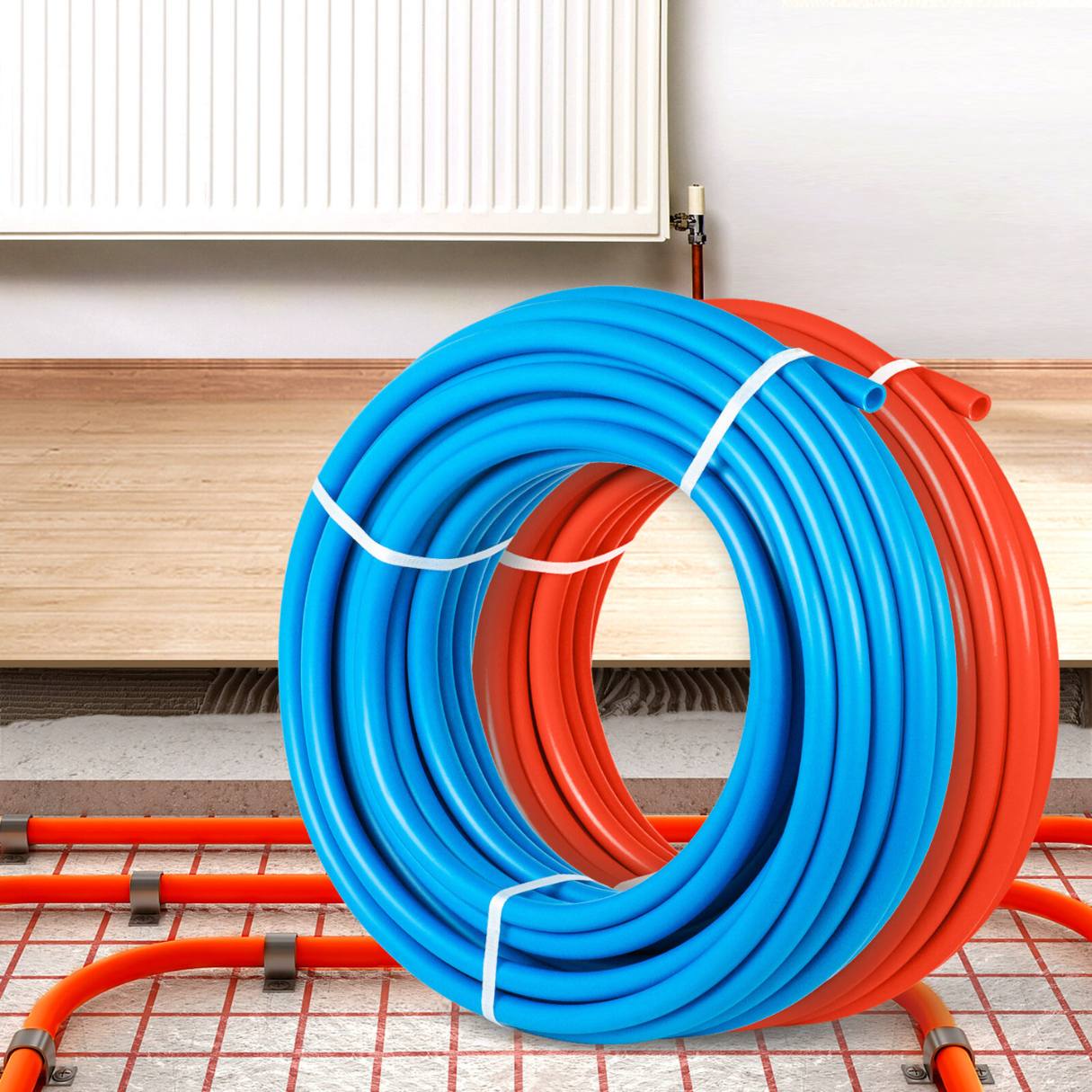

Articles
Why Is Pex Plumbing Bad
Modified: December 7, 2023
Discover the truth about why Pex plumbing is considered bad in this informative article. Learn about common issues, potential risks, and alternative options.
(Many of the links in this article redirect to a specific reviewed product. Your purchase of these products through affiliate links helps to generate commission for Storables.com, at no extra cost. Learn more)
Introduction
When it comes to plumbing systems, homeowners and professionals alike are always on the lookout for the latest innovations that offer improved performance and durability. In recent years, PEX plumbing, also known as cross-linked polyethylene, has gained popularity as an alternative to traditional copper and PVC pipes. PEX plumbing is a flexible and versatile option that offers several advantages in terms of installation and cost-effectiveness.
However, it is important to address the potential drawbacks of PEX plumbing systems as well. While PEX has many benefits, there are several reasons why some experts and homeowners have concerns about its long-term durability and overall performance. In this article, we will explore some of the reasons why PEX plumbing may not be the best choice for everyone.
By understanding the potential drawbacks of PEX plumbing, homeowners can make informed decisions about their plumbing systems and choose the option that best suits their needs and preferences. It is important to note that these concerns are not meant to discredit PEX plumbing entirely, but rather to provide a comprehensive view of its limitations.
Let’s delve into some of the key issues that have been raised regarding the use of PEX plumbing and why it may not be considered the ideal solution for everyone.
Key Takeaways:
- PEX plumbing offers flexibility and cost-effectiveness, but concerns about durability, availability, and potential leaks should be carefully considered before choosing this option for your home’s plumbing system.
- While PEX plumbing has its advantages, homeowners need to weigh the higher initial cost, repair challenges, and health and safety considerations against its benefits to make an informed decision about their plumbing needs.
Read more: How To Do Pex Plumbing
Lack of Long-Term Durability
One of the primary concerns with PEX plumbing is its lack of long-term durability compared to other pipe materials. While PEX is known for its flexibility and resistance to corrosion, it may not hold up as well over time, especially in certain environments.
Exposure to ultraviolet (UV) light can degrade the PEX material, causing it to become brittle and potentially leading to leaks or bursting. This is a significant concern, particularly for plumbing systems installed outdoors or in areas with frequent exposure to sunlight. Without proper insulation or UV protection, the lifespan of PEX pipes can be significantly reduced.
Additionally, PEX plumbing is susceptible to damage from chemicals and high water temperatures. Certain chemicals present in the water supply, such as chlorine and disinfectants, can weaken or deteriorate the PEX material over time. High water temperatures can also cause PEX pipes to expand and contract, potentially leading to cracks and leaks.
Furthermore, PEX plumbing may not be suitable for areas with harsh water conditions, such as high mineral content or acidic water. These conditions can accelerate the deterioration of the PEX material and compromise the integrity of the plumbing system.
While PEX manufacturers have made efforts to improve the durability of their products, it is important to consider the potential long-term effects of these factors on the performance and reliability of PEX plumbing systems.
When compared to materials like copper or PVC, which have proven track records of durability and longevity, PEX plumbing may not be the best choice for homeowners who prioritize long-term performance and stability in their plumbing systems.
It is important to consult with a professional plumber who can assess the specific needs and conditions of your plumbing system and recommend the most suitable materials for your home.
Limited Availability in some Areas
While PEX plumbing has gained popularity in many parts of the world, it is important to note that its availability may be limited in some areas. This can be a significant disadvantage for homeowners who prefer or require PEX plumbing but are unable to find it easily.
The availability of PEX plumbing may depend on various factors, including regional building codes and regulations. Some areas may have strict regulations in place that only allow certain types of plumbing materials to be used. This can limit the availability of PEX plumbing options and force homeowners to consider alternative materials.
Another factor that can affect the availability of PEX plumbing is the local supply chain. If PEX pipes and fittings are not readily stocked by local suppliers or plumbing contractors in a specific area, homeowners may face challenges in sourcing the necessary materials for their plumbing projects.
Furthermore, the lack of availability can impact the cost of PEX plumbing installations. In areas with limited supply, the cost of PEX materials may be higher due to increased shipping and handling expenses or limited competition among suppliers. This can make PEX plumbing a less cost-effective option for homeowners in such areas.
It is essential for homeowners to research and evaluate the availability of PEX plumbing in their specific location before making a decision. Consulting with local plumbing professionals or suppliers can provide valuable insights into the availability and viability of PEX plumbing in your area.
If PEX plumbing is not readily available or is not in compliance with local regulations, homeowners may need to consider other pipe materials, such as copper or PVC, that are more widely available and accepted.
Potential for Leaks and Bursting
Another concern associated with PEX plumbing is the potential for leaks and bursting. While PEX pipes are touted for their flexibility and resistance to corrosion, they can still be susceptible to certain issues that can compromise their integrity and lead to water damage.
One of the factors that can contribute to leaks in PEX plumbing systems is the method of connection. PEX pipes are typically joined together using fittings and crimp or compression rings. If these connections are not properly installed or become loose over time, it can result in leaks. Additionally, if the PEX material is not cut accurately or the fittings used are of poor quality, it may lead to weakened connections and potential leaks.
Moreover, PEX pipes can be vulnerable to damage from freezing temperatures. While PEX is known for its resistance to freezing, extreme cold temperatures combined with water inside the pipes can cause the material to expand and potentially rupture. This can result in bursts and extensive water damage within the building.
It is important to note that not all PEX pipes are manufactured or designed to withstand freezing temperatures. Homeowners in colder climates should ensure that they select PEX pipes with the appropriate freeze resistance rating and take necessary precautions to prevent freezing within the plumbing system.
In addition to freezing, the potential for bursting can also be a concern in high-pressure situations. If the water pressure within the PEX plumbing system exceeds the specified limits, it can place excessive stress on the pipes and fittings, leading to bursting or leaks. This is particularly relevant in commercial or industrial settings where higher water pressure is common.
To mitigate the potential for leaks and bursting, it is crucial to ensure proper installation by trained professionals who are familiar with PEX plumbing systems. Regular maintenance and periodic inspections can also help identify any issues before they escalate into major problems.
Overall, while PEX plumbing has many advantages, homeowners should be aware of the potential risks and take appropriate measures to minimize the chances of leaks and bursting within their PEX plumbing systems.
When installing PEX plumbing, make sure to use proper fittings and tools to prevent leaks and ensure a secure connection. It’s also important to follow manufacturer guidelines for installation and maintenance.
Concerns about Health and Safety
When considering any plumbing system, it is crucial to also address concerns related to health and safety. While PEX plumbing is generally deemed safe for use in residential and commercial applications, there are certain considerations that have been raised by experts and homeowners.
One of the primary concerns revolves around the potential for chemical leaching. PEX pipes are made from plastic materials, and some studies have raised questions about the possibility of chemicals leaching into the water supply. This is particularly relevant when the water comes into contact with the pipes for extended periods or at high temperatures.
However, it is important to note that manufacturers of PEX plumbing systems have made significant efforts to address these concerns. They have developed PEX pipes that are compliant with stringent drinking water standards and regulations, thereby minimizing the risk of chemical leaching. Homeowners should look for PEX products that are certified for use with potable (drinking) water to ensure the highest level of safety.
Another safety concern associated with PEX plumbing is related to the use of PEX fittings and connectors. Some cheaper or low-quality fittings may contain materials that can introduce contaminants into the water supply. It is crucial to use fittings that are specifically designed for use with PEX plumbing systems and sourced from reputable manufacturers to ensure compliance with safety standards.
Furthermore, there have been concerns about the potential for microbial growth within PEX plumbing systems. Like any plumbing material, if not properly installed or maintained, PEX pipes can create an environment where bacteria or other microorganisms can grow. This can lead to issues such as foul odors, discoloration, or even health risks. It is essential to follow proper installation and maintenance procedures, including regular cleaning and flushing of the system, to minimize the risk of microbial growth.
Lastly, there are some concerns regarding the environmental impact of PEX plumbing. While PEX is considered a more eco-friendly option compared to materials like copper or PVC, it is still a petroleum-based product and requires energy and resources for production. Additionally, if PEX pipes are not properly disposed of at the end of their lifespan, they can contribute to plastic waste accumulation in landfills.
When considering PEX plumbing, it is important for homeowners to research and understand the potential health and safety implications associated with this material. Consulting with professionals and considering certified products can help mitigate any concerns and ensure a safe plumbing system for your home.
Read more: Where To Buy Pex Plumbing
Difficulty in Repair and Replacement
One of the drawbacks of PEX plumbing systems is the difficulty in repairing and replacing components compared to other types of pipes like copper or PVC. While PEX pipes are lightweight, flexible, and easy to install, their repair and replacement can pose challenges and may require specialized tools and techniques.
One aspect that contributes to the difficulty in repair is the method of joining PEX pipes. Unlike traditional soldering for copper pipes or solvent welding for PVC pipes, PEX pipes are typically joined using fittings and crimp or compression rings. In the event of a leak or damage, accessing and replacing these fittings may require cutting into the walls or floors, resulting in additional time, effort, and expense.
Furthermore, not all PEX fittings and connectors are universally compatible. There are different types and sizes of fittings available for different PEX systems, which can make finding the right replacement parts a challenge. Homeowners may need to ensure they have access to the specific fittings and connectors that match their existing PEX plumbing system, adding to the complexity of repair or replacement.
In cases where damage is localized to a small section of the PEX plumbing, homeowners may attempt to use repair sleeves or patches to fix the issue. However, these methods are not always reliable or long-lasting, and in many cases, it is recommended to replace the affected section entirely to ensure the integrity of the plumbing system.
The difficulty in repair and replacement can be further exacerbated by the availability of trained professionals who are experienced in working with PEX plumbing systems. Not all plumbers may have the necessary expertise or equipment to handle PEX repairs, which can limit the options available to homeowners when seeking professional assistance.
It is important for homeowners to be aware of these challenges and plan accordingly when considering PEX plumbing. Proper installation, regular maintenance, and proactive measures such as insulating exposed pipes can help minimize the need for repairs or replacements. Additionally, keeping a supply of spare fittings and connectors can be beneficial in case of emergencies.
Overall, while PEX plumbing offers ease of installation, homeowners should weigh the potential difficulties in repair and replacement before deciding on this type of plumbing system.
Higher Initial Cost
One of the factors that homeowners need to consider when evaluating PEX plumbing systems is the higher initial cost compared to other pipe materials like copper or PVC. The upfront cost of PEX plumbing can be a deterrent for some homeowners, especially those on a tight budget.
The higher costs associated with PEX plumbing can be attributed to several factors. Firstly, the cost of PEX pipes themselves can be higher than traditional pipe materials. While the exact price can vary depending on the brand, size, and quality of the PEX pipes, they generally tend to be more expensive per foot compared to copper or PVC pipes.
In addition, the cost of PEX fittings and connectors can also contribute to the overall expense. These fittings, which are used to connect and join PEX pipes, can be specialized and may require specific tools for installation. The cost of these fittings, along with the required tools, can increase the initial investment for homeowners considering PEX plumbing.
Another factor to consider is the installation cost. While PEX plumbing is often praised for its simplicity and ease of installation, professional installation can still come with a higher price tag compared to other plumbing materials. This is because specialized knowledge and techniques may be required for proper installation of PEX pipes and fittings. Homeowners who opt for DIY installation may save on labor costs, but they need to be confident in their skills and have the necessary tools and expertise to ensure a successful installation.
It is important to note that while the initial cost of PEX plumbing may be higher, there can be long-term cost savings associated with this type of system. PEX plumbing is known for its resistance to corrosion, which can eliminate the need for expensive repairs or replacements caused by rust or deterioration. Additionally, the flexibility of PEX pipes can simplify installation in tight spaces, potentially reducing labor costs during the initial installation.
Ultimately, the decision to invest in PEX plumbing should consider the long-term benefits and cost savings it may offer, as well as the specific needs and budget of the homeowner. Comparing the initial cost of PEX plumbing to other pipe materials and taking into account factors such as longevity, maintenance requirements, and local market costs can help homeowners make an informed choice.
Conclusion
In conclusion, while PEX plumbing offers certain advantages such as ease of installation and cost-effectiveness, it is important for homeowners and professionals to be aware of the potential drawbacks associated with this type of plumbing system.
Potential issues such as lack of long-term durability, limited availability in some areas, potential for leaks and bursting, concerns about health and safety, difficulty in repair and replacement, and higher initial cost should be taken into consideration when evaluating whether PEX plumbing is the right choice for a specific project or location.
It is crucial to weigh the benefits and drawbacks of PEX plumbing against the specific needs and priorities of the homeowner. Factors such as the environment, water quality, local building codes, and personal preferences should all be considered before making a decision.
If PEX plumbing is chosen, proper installation and regular maintenance are key to maximizing the lifespan and performance of the system. Consulting with certified professionals who have experience with PEX plumbing and using high-quality materials can help mitigate potential issues and ensure a reliable and efficient plumbing system.
Ultimately, the choice of plumbing system should be made based on a thorough understanding of the advantages and disadvantages of PEX plumbing, taking into account the long-term needs and goals of the homeowner.
By carefully considering all aspects and seeking expert advice when needed, homeowners can make informed decisions about their plumbing systems and ensure a reliable, durable, and efficient solution for their property.
Frequently Asked Questions about Why Is Pex Plumbing Bad
Was this page helpful?
At Storables.com, we guarantee accurate and reliable information. Our content, validated by Expert Board Contributors, is crafted following stringent Editorial Policies. We're committed to providing you with well-researched, expert-backed insights for all your informational needs.

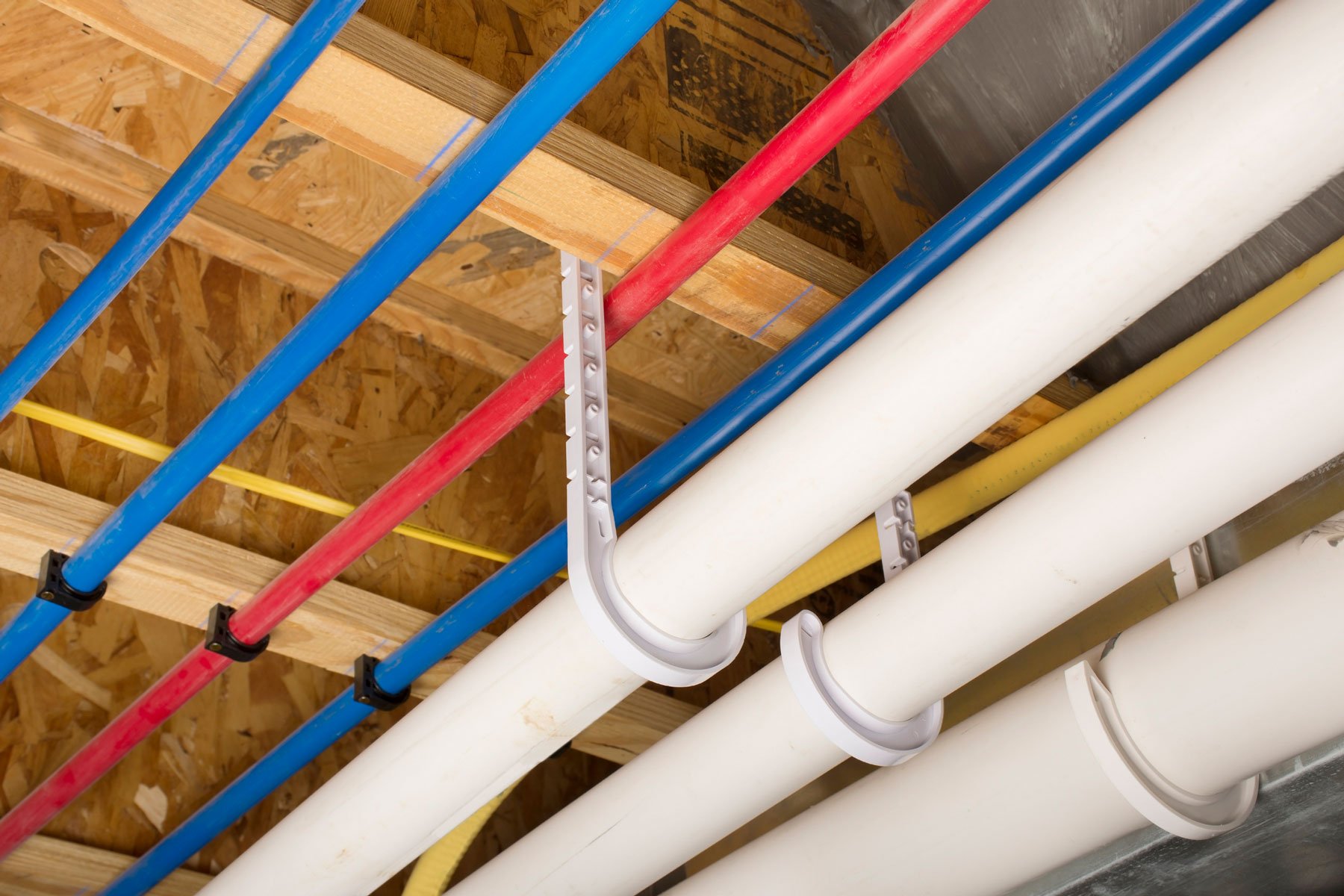


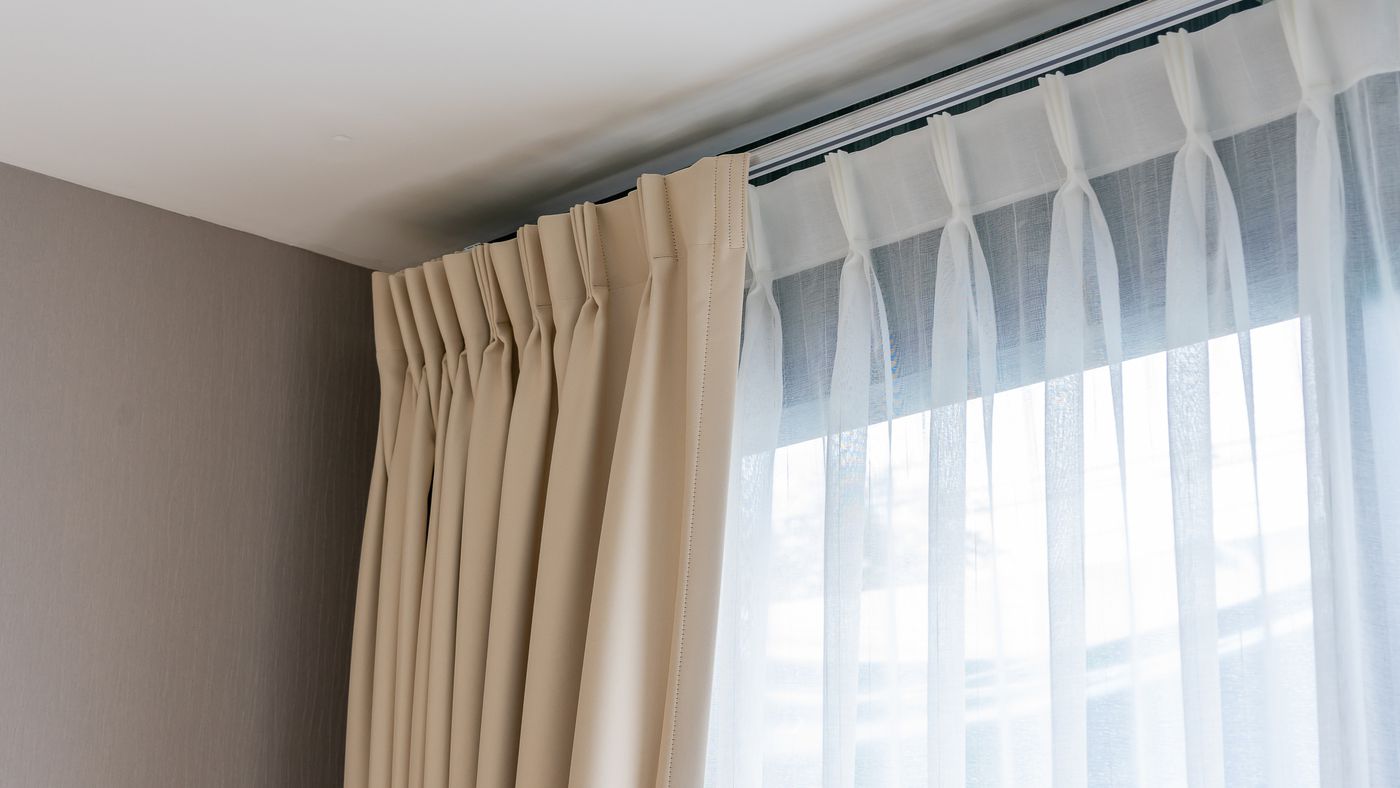


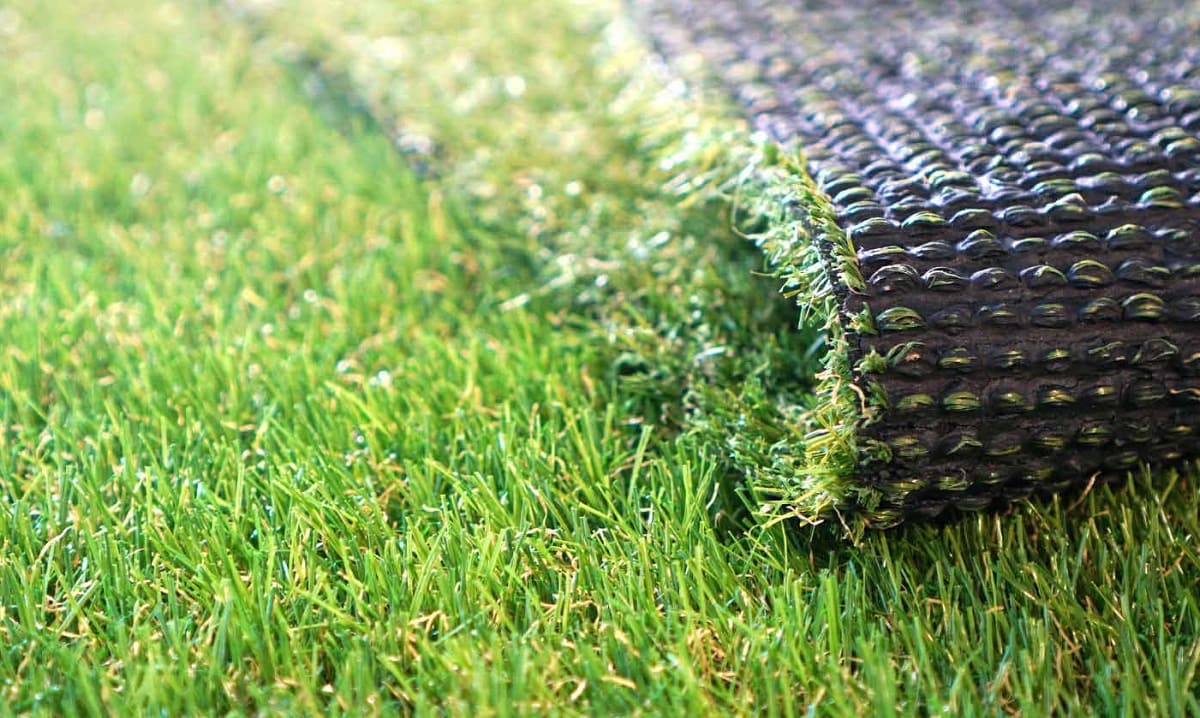


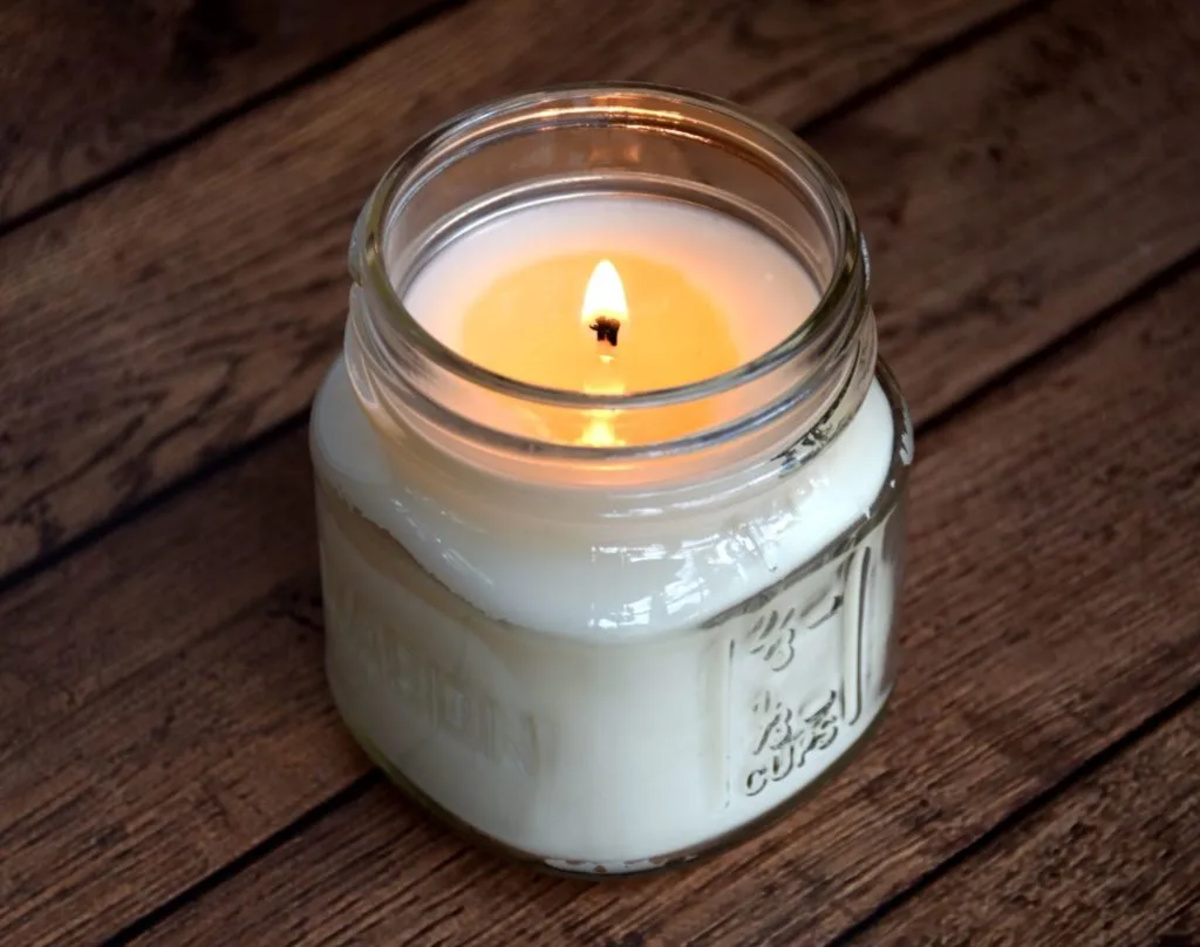




0 thoughts on “Why Is Pex Plumbing Bad”